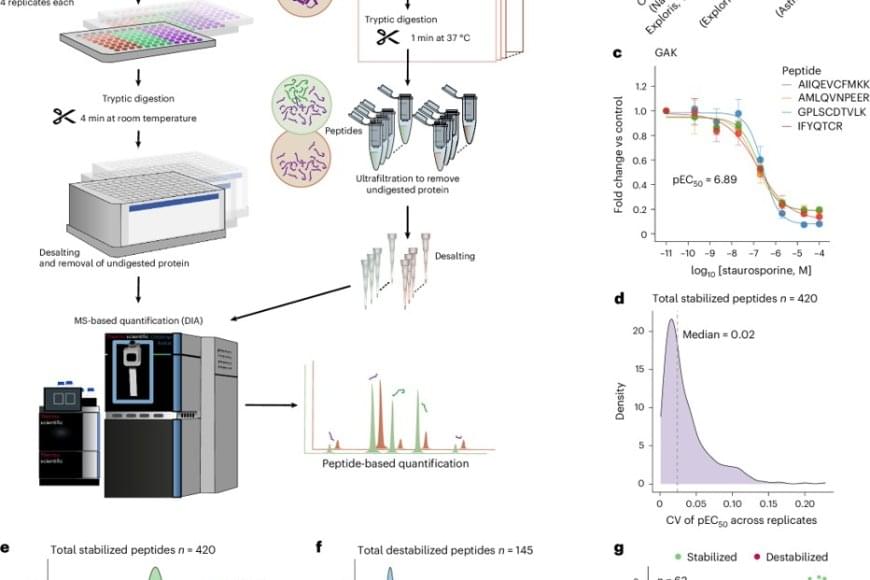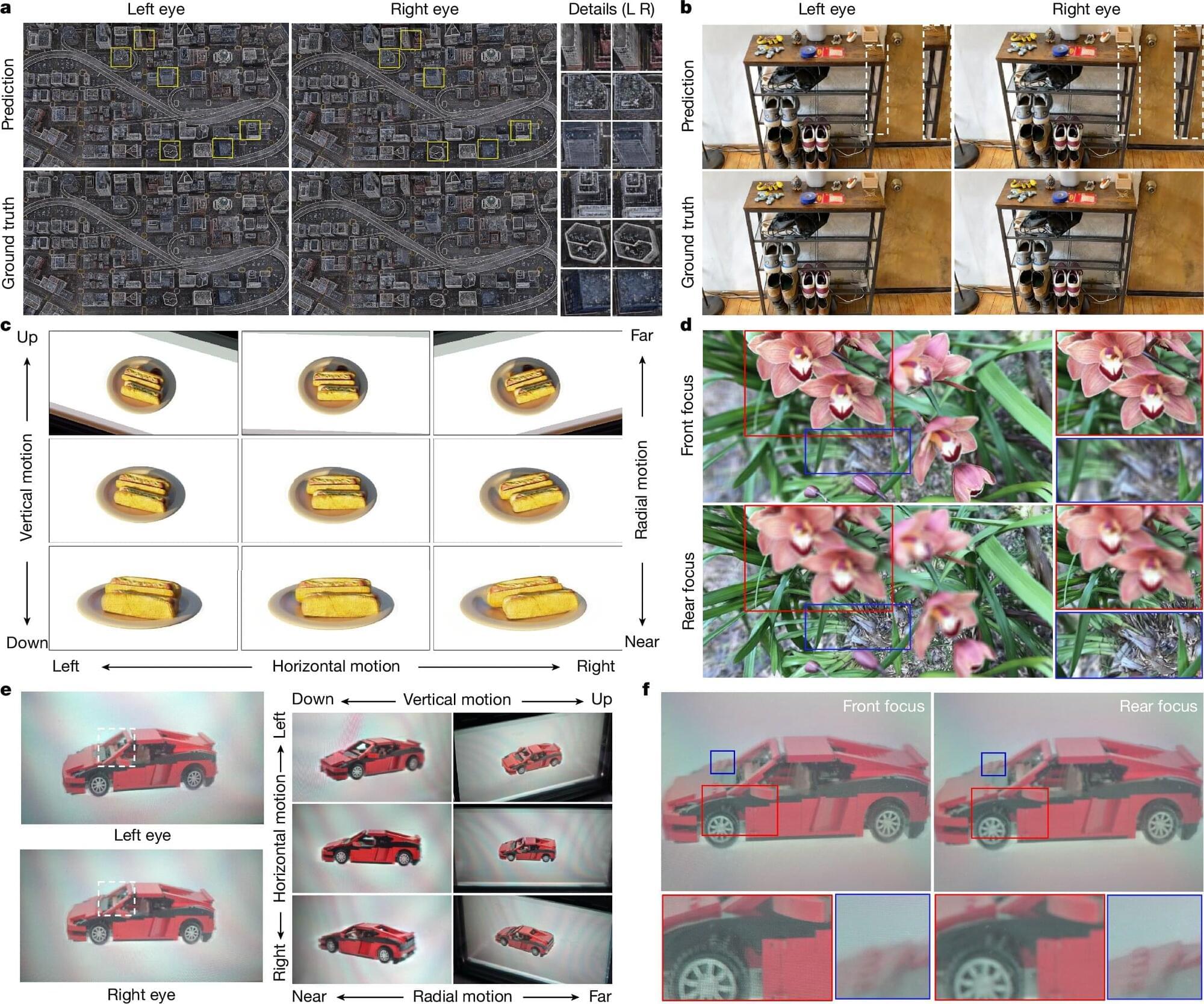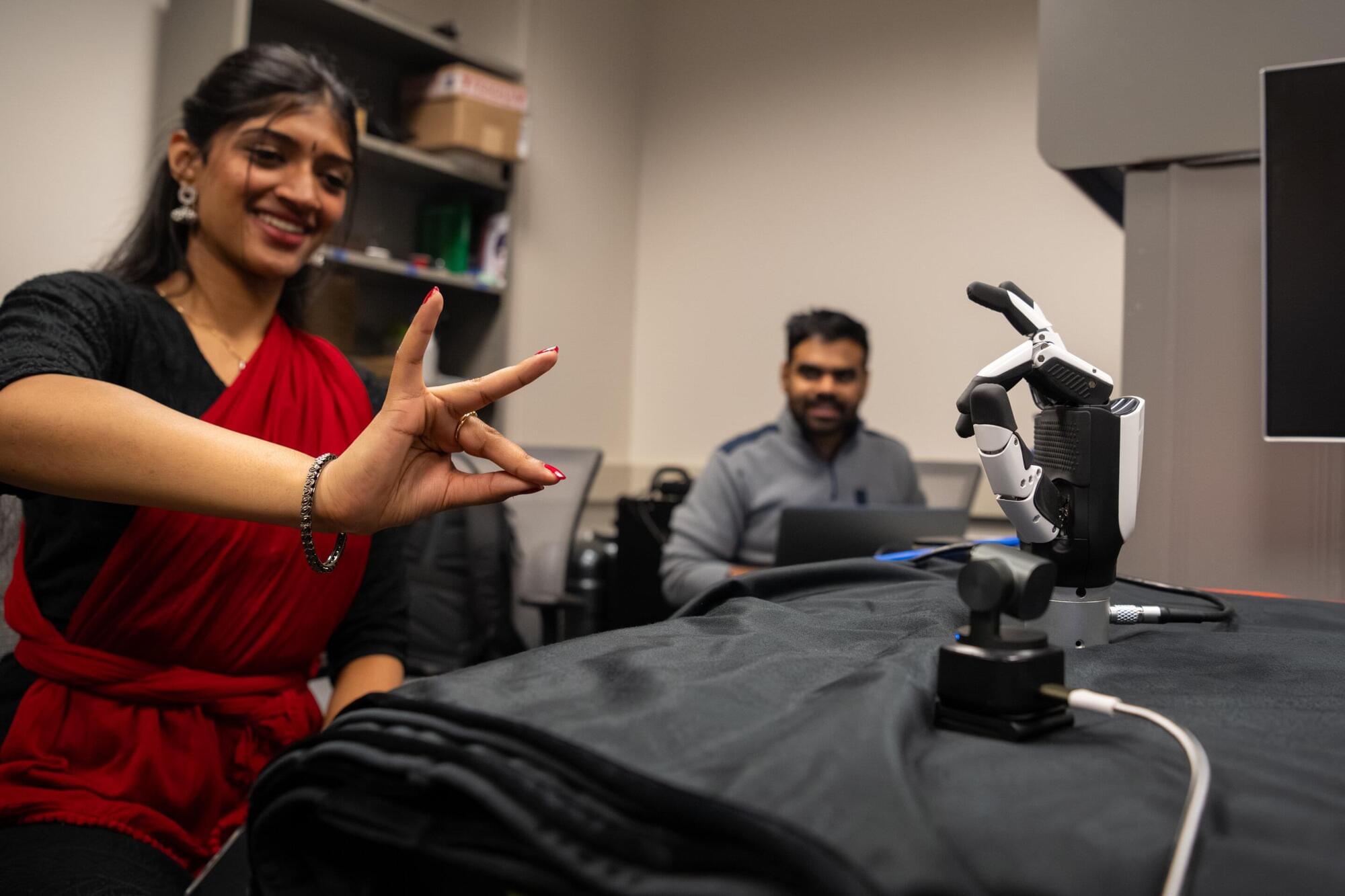Physicists have transformed a decades-old technique for simplifying quantum equations into a reusable, user-friendly “conversion table” that works on a laptop and returns results within hours.



Quantum computing devices of increasing complexity are becoming more and more reliant on automatised tools for design, optimization and operation. In this Review, the authors discuss recent developments in AI for quantum”, from hardware design and control, to circuit compiling, quantum error correction and postprocessing, and discuss future potential of quantum accelerated supercomputing, where AI, HPC, and quantum technologies converge.



Long-known as the ‘workhorses of the cell,’ proteins are responsible for powering nearly every function in the body. Often critical to this is their interactions with other small molecules known as ligands. In a new study published in Nature Structural and Molecular Biology, the researchers introduce HT-PELSA, a high-throughput adaptation of an earlier tool that detects these interactions. This new tool can process samples at an unprecedented scale, a breakthrough that promises to accelerate drug discovery and our understanding of fundamental biological processes.
Still a fairly new tool itself, the original PELSA (peptide-centric local stability assay) method, launched last year by researchers identifies protein-ligand interactions by tracking how ligand binding affects protein stability. When a ligand binds to a protein, that part of the protein becomes more stable and less prone to the effects of enzymes like trypsin, which cuts proteins into smaller peptide fragments.
What made PELSA especially noteworthy was its ability to detect peptide-level changes in stability across the entire proteome – that is, across all of the proteins in an organism. Although effective, nearly every step in the PELSA workflow is done by hand, meaning scientists can only process a few samples at a time. This not only requires a lot of time and effort but also increases the risk of contamination and accidental error.
HT-PELSA streamlines this process significantly by shifting from full-size tubes to micro-wells. Such a change enables automation of PELSA’s steps and allows researchers to analyse hundreds of samples in parallel while maintaining the same sensitivity and reproducibility.
“Before, I could only do at most, maybe 30 samples per day,” said the first author of the study. “Now, with HT-PELSA, we can scan 400 samples per day – it has highly simplified the workflow”
While in PELSA, trypsin-cleaved peptides are separated from whole proteins based on their mass, HT-PELSA leverages the water-repellant nature of proteins. It utilises a surface that proteins stick to more readily than peptides, thus allowing the scientists to separate the two. This not only further automates the process, but also enables the detection of membrane proteins that, up until now, were hard or even impossible to study.


Watching 3D movies and TV shows is a fun and exciting experience, where images leap out of the screen. To get this effect, you usually have to wear a special pair of glasses. But that could soon be a thing of the past as scientists have developed a new display system that delivers a realistic 3D experience without the need for any eyewear.
The main reason why we’ve waited so long for a screen like this is a tough physics rule called the Space-Bandwidth Product (SBP). To get a perfect 3D image, you need a big screen (the “space”) and a wide viewing area (the “bandwidth”) so the picture looks good even when you turn your head. Unfortunately, according to the rule, you can’t have both at the same time. If you make the screen big, the viewing angle shrinks. If you increase the viewing area, the TV must get smaller. All previous attempts to break this trade-off have failed. But not this time.

Researchers at the University of Maryland, Baltimore County (UMBC) have extracted the building blocks of precise hand gestures used in the classical Indian dance form Bharatanatyam—and found a richer “alphabet” of movement compared to natural grasps. The work could improve how we teach hand movements to robots and offer humans better tools for physical therapy.
A paper describing this work is published in the journal Scientific Reports.
Ramana Vinjamuri, a professor at UMBC and lead researcher on the work, has focused his lab on understanding how the brain controls complex hand movements. More than a decade ago, he and his research partners began searching for and cataloging the building blocks of hand motions, drawing on a concept called kinematic synergies, in which the brain simultaneously coordinates multiple joint movements to simplify complex motions.

Highspeed Internet, autonomous driving, the Internet of Things: data streams are proliferating at enormous speed. But classic radio technology is reaching its limits: the higher the data rate, the faster the signals need to be transmitted.
Researchers at the Helmholtz-Zentrum Dresden-Rossendorf (HZDR) have now demonstrated that weak radio signals can be efficiently converted into significantly higher frequencies using this material that is just several tens of nanometers thick. And at room temperature, at that. The results open up prospects for future generations of mobile communications and high-resolution sensor technology. The paper is published in the journal Communications Physics.
The more data to be transmitted simultaneously, the higher the carrier frequency must be. As a result, research is now delving into the terahertz range. This frequency spectrum lies outside the microwave range currently used and, so far, has been difficult to access technologically.
